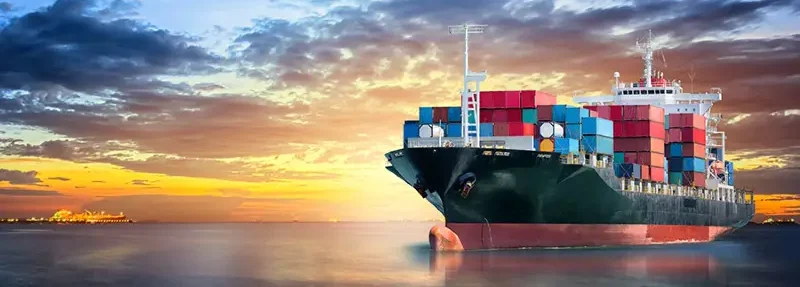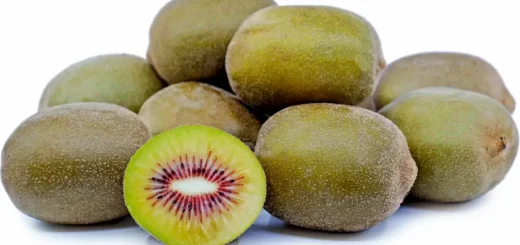On a fast boat to China — Exporter Magazine

EasiYo turns 20 in November, and the Kiwi-owned company is celebrating by taking on the world’s biggest marketplace.First, the stats: EasiYo turns over $40 million, exports 80 percent of production to more than 20 countries, manufactures 1.3 million yogurt satchets a month, and has sold more than two million yogurt makers-each one Kiwi-made. Oh, and it buys 1,800 metric tons of special-grade milk powder, the key ingredient, from Westland Dairy every year.EasiYo is a lean, mean export machine – light years from its humble beginnings in the 80s, and poised to take itself into the export stratosphere once Asian sales get underway in earnest.What do I base this on? Well, as I discover from my chat with EasiYo CEO Paul O’Brien, the Chinese are desperate to get their hands on their famous yogurt mixes and makers. There is already a local copy of the EasyYo maker available on the market. Not that O’Brien is worried – apparently the fake has a funny smell.What’s even more remarkable, and somewhat annoying, are the hundreds of websites that have sprung up in China marketing EasiYo products – these are products that originated from New Zealand supermarkets or special shipments ordered through individuals living here.“Google ‘EasiYo’ when you’re in China and there’s around 500 sites, says O’Brien. “It’s annoying, but it’s also a real compliment for the brand I suppose.”EasiYo is a remarkable export success story in so many ways. The North-Shore based manufacturer has already conquered the UK market – although O’Brien confesses that this particular market is not so profitable these days with the British pound and Euro not performing as well as they used to. Italy was the company’s fastest-growing market until recent times, when it was overtaken by Asia. I’m told it only took 21 months for the Italians to buy up three million of EasiYo’s products.But that’s all yesterday’s news. Today, with global sales up 30 percent, the export compass is set on China and South-East Asia, and to convince his board that it was a good idea to target those markets, O’Brien compiled his “18 good reasons why EasiYo should sell to Asia.” The list includes: payment up front; premium pricing (“because it’s New Zealand dairy”); FOB terms; transactions in NZD; the close proximity of the markets; the NZ-China FTA (no duty); NZ Trade & Enterprise support – that’s just seven. Then there’s the clincher – “locally-made Asian yogurt is awful. It’s runny and sweet. The Chinese dairy industry just doesn’t cut it,” says O’Brien.Another of his 18 reasons is the fact that drinking-yogurt is taking off in Asia – there’s an understanding of probiotics and EasiYo just happens to have drinking-yogurt mixes in its product stable.There’s no competition from chilled yogurt either, says O’Brien, as it’s way more expensive, too heavy to export and has a restricted shelflife. And high on his list is the fact that New Zealand dairy products have excellent credibility in the China market. Witness the response to the food scares they’ve had there (with the resulting run on infant formulas from New Zealand’s supermarkets).Distributors don’t want Chinese packaging either, says O’Brien. “They say, ‘Paul, no Chinese, because then it looks like it’s made in China’.” They want the packaging exactly as it is in New Zealand, he says, a sticker can carry all the necessary distributor and nutritional information in Chinese.And one final incentive from O’Brien’s list – the Chinese are very brand conscious; they like to show off brands. He calls it ‘conspicuous consumption’. EasiYo is one of many good Kiwi brands.
Chinese matrix
O’Brien says they are in talks already with supermarkets and distributors in China, but they’re not offering exclusivity. “We want layers of preferred distributors.”Speaking of distributors – they are pretty much forming a queue. There are 15 to 20 at least who’re showing strong interest, claims O’Brien, so he is tackling the huge China market in a carefully-managed programme, which he plans to launch early next year. He explains his ‘Chinese Matrix’ to me, which divides the market into provinces and market sectors – mother and baby stores, supermarkets, health food stores, pharmacies, TV-shopping, online, and so on. Distributors are offered preferred supplier status in sectors in which they have the strongest capability. If they perform well over the initial 12 months, then they can be offered other sectors or provinces in the matrix. He says the various distributors will be closely monitored and audited by someone on the ground in China. If terms are broken, supplies will be stopped. Sounds like a cunning plan.The timing couldn’t be better – China’s burgeoning middle-classes are hungry for protein, particularly for their children, and, as O’Brien points out, China is not good at producing food and beverage. He has plenty of stories of dodgy factories and processes in China that would make your hair curl – one involving boiling old leather shoes to extract gelatine to put in yogurt. Enough said.To better research the China market, EasiYo offered a ten-week internship to a Univeristy of Auckland masters student in international business. “The internship will include four weeks in Shanghai, where her family lives near by, conducting research on the application of marketing Easiyo in China,” says O’Brien.
Cult(ure) status
There is no doubt that EasiYo is a product well suited to China. It is unique, and it gets around the somewhat crude, unreliable ‘cold chain’ that exists in that country. Its reputation precedes it – O’Brien says the brand has achieved almost cult status through social media and blogging. “On Taobao, the big online shopping site, word has got out about ‘EasiYo from New Zealand’ through blogs.” It seems that all New Zealand dairy products, EasiYo included, are still riding the coat-tails of the infant formula melamine scare.
He’s passionate about the potential of Asia – not just for EasiYo, but for other New Zealand companies too. “NZ Inc has got to sell its food to China and Asia, because it’s all premium. They want to buy it.”
Publishing Information
Magazine Issue
Exporter Magazine Nov/Dec 2012 Issue 26







